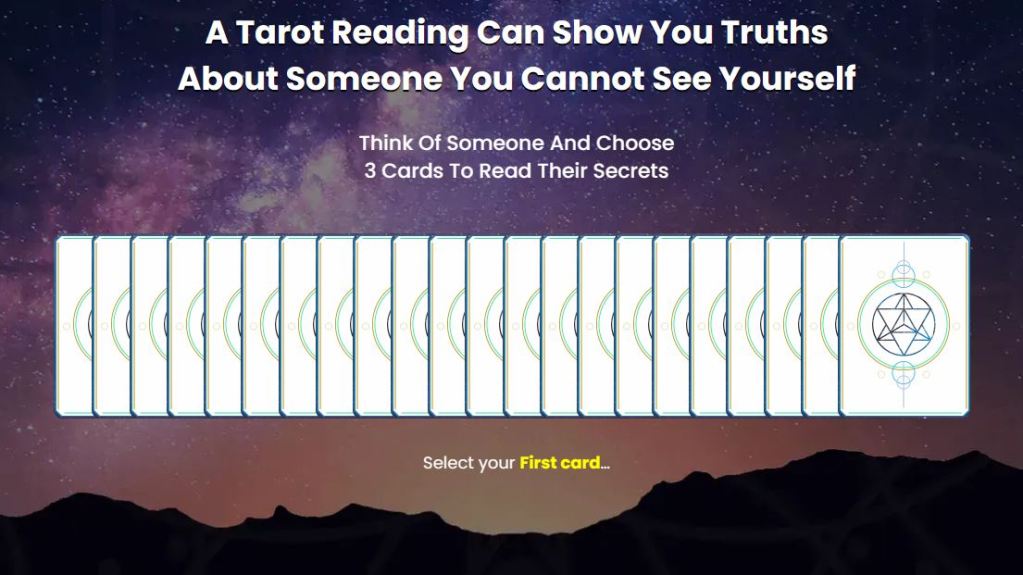- The Secret Language of Touch: Why Couples Hold Hands
- Historical Perspective on Hand Holding
- Communicating Through the Grip
- Cultural Perspectives on Hand Holding
- Public Display of Affection: The Controversy
- Benefits of Hand-Holding in Relationships
- When Hand-Holding is More Than Just a Romantic Gesture
- Conclusion
The Secret Language of Touch: Why Couples Hold Hands
Introduction to Why Couples Hold Hands
From the delicate flutter of a butterfly’s wings against our skin to the reassuring grip of a loved one, touch remains one of our most profound and primary sensory experiences. Have you ever found yourself strolling down a boulevard, observing couples of all ages holding hands and wondered about the significance of this simple act? Why do fingers entwine, and palms press together amidst the cacophony of bustling streets and transient moments? It’s a language all its own, transcending words and speaking directly to our souls. Within this realm of tactile communication, holding hands stands out as an age-old testament to human connection. Particularly in the tapestry of romantic relationships, hand-holding isn’t just a casual act. It’s a symphony of intimacy, trust, and interdependence. Join us as we unravel the unspoken narratives behind each interlocked thumb and finger. Why couples hold hands, let’s dive in!
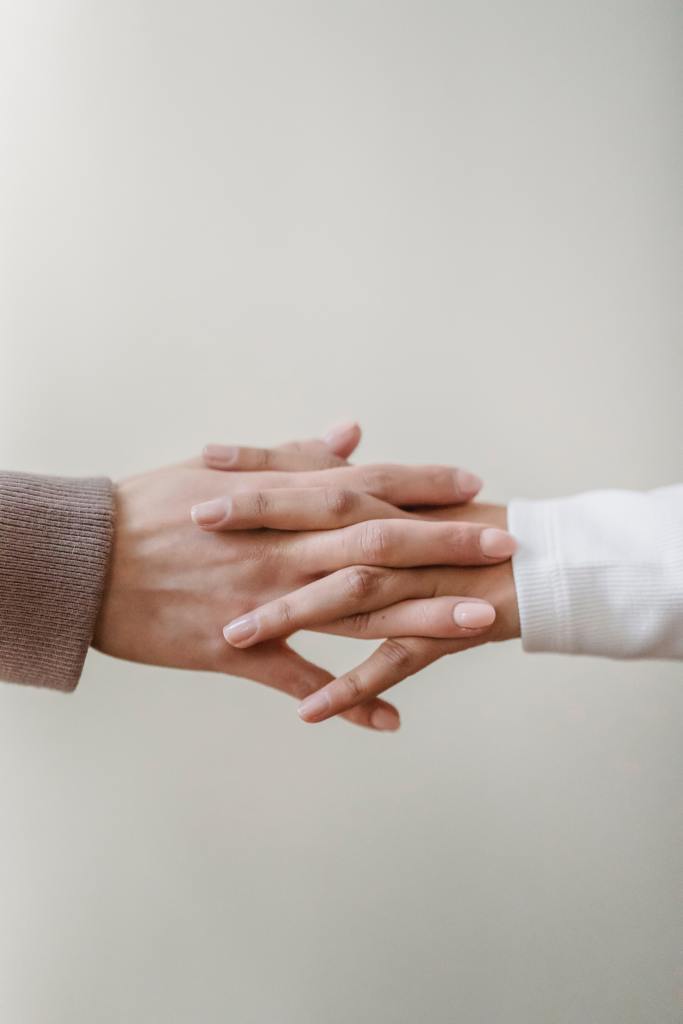
Historical Perspective on Hand Holding
Hand-holding, as they say, is as old as humanity itself, steeped in tales, myths, and fascinating trivia that would make even the most skeptical historian’s heart skip a beat. So, let’s embark on a whirlwind journey through the annals of time and uncover the mesmerizing evolution of this simple yet profound gesture.
A Hand in the Sands of Time
In the shadowed recesses of ancient Egyptian tombs, hieroglyphics and carvings often depict pharaohs and their consorts with their hands delicately entwined. Far from just a show of marital bliss, this act was deeply symbolic. The Nile-dwellers believed hand-holding represented the eternal bond and journey of souls in the afterlife. In essence, it was their way of saying, “Even in death, I’ve got you!”
The Roman Embrace of Trust
Fast forward to the Roman Empire, where hand-holding was less about afterlife and more about the here and now. In a society renowned for its legal structures and societal contracts, the joining of hands became a symbol of trust and partnership. Two individuals holding hands publicly wasn’t just a casual display of affection; it was a binding agreement, a mutual declaration that said, “In a world of chaos and uncertainty, you can count on me.”
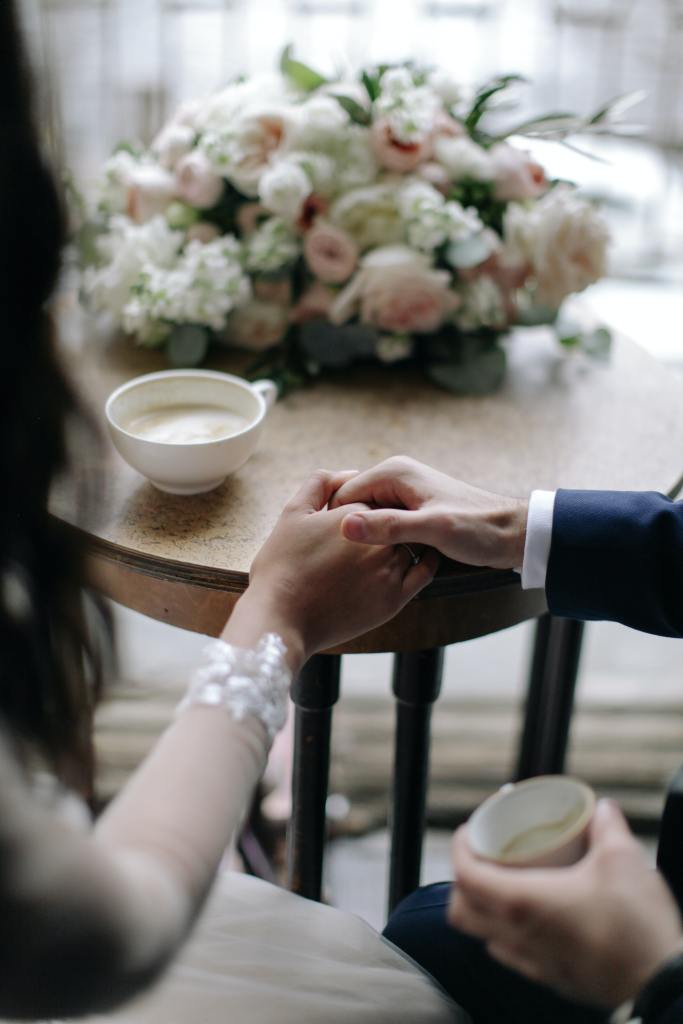
The Medieval Dance of Courtship
Enter the medieval era, where chivalry, knights, and courtly love reigned supreme. Here, hand-holding evolved into a playful and often secretive dance of courtship. Lovers would coyly grasp each other’s fingers under the cloak of night or behind the protective shield of a balcony. It became a tantalizing game, a quiet rebellion against societal norms, and a secret code that whispered, “In a world bound by tradition, our love knows no bounds.”
From Global Rituals to Modern Meanings
From the vibrant tribes of Africa to the serene villages of Asia, hand-holding has donned countless avatars. In some cultures, it’s a rite of passage, while in others, it’s a communal act of unity against adversity. But no matter the era or region, the underlying essence remains unchanged: a universal testament to human connection.
Today, as we see couples of all ages, backgrounds, and orientations walking hand in hand, we’re reminded of this rich tapestry of history. Each pair of intertwined fingers carries with it a legacy—a story of trust, partnership, and the ageless human yearning for closeness. So, the next time you find your fingers enveloped in another’s, remember: you’re not just holding hands; you’re holding centuries of love, trust, and unity in the palm of your hand.
The Psychology Behind Hand-Holding
When two people intertwine their fingers, it’s not just skin meeting skin. There’s a symphony of emotions, hormones, and neural fireworks that come into play, painting a masterpiece of human connection. But what’s the science behind this? Let’s delve into the captivating world of psychology and uncover the mysteries of hand-holding.
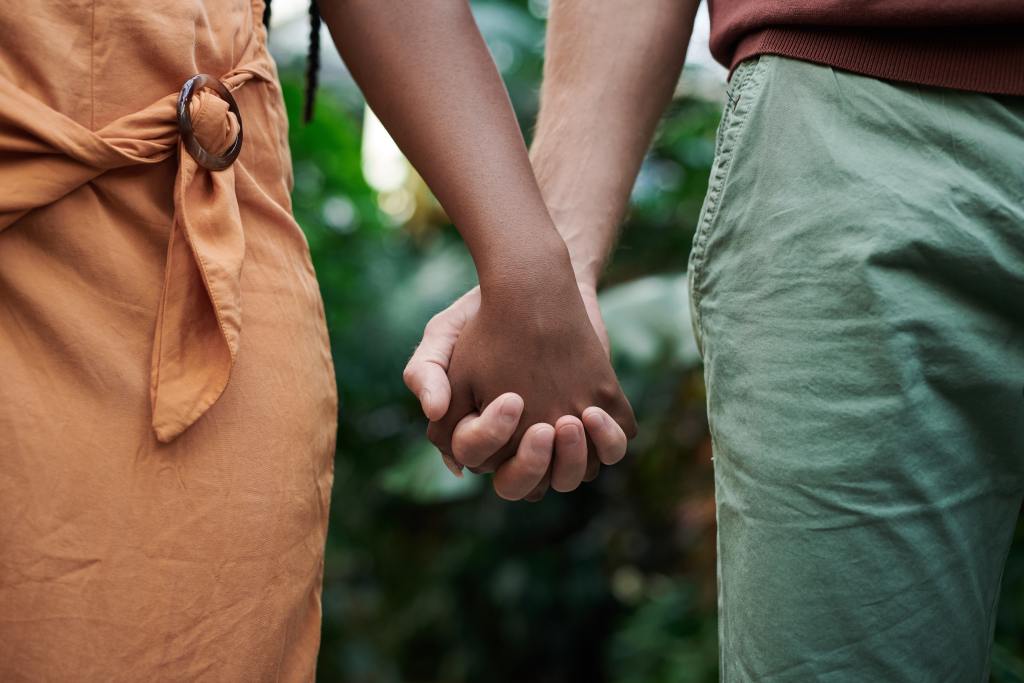
Oxytocin: The Love Potion
Ever wondered why holding someone’s hand feels so darn good? Meet oxytocin, often dubbed the “love hormone” or “bonding hormone.” When we hold hands, especially with someone we care deeply about, our bodies release oxytocin. This hormone plays a pivotal role in social bonding, nurturing, and intimacy. Not just reserved for romantic endeavors, oxytocin also strengthens the bond between mothers and newborns during breastfeeding, as noted by a study published in the US National Library of Medicine.
Hand-Holding: A Safe Haven
Imagine walking through a dark alley or facing a challenging situation. The mere touch or grasp of a loved one’s hand can instantly provide solace. This isn’t just a figment of our imagination. Psychologically, hand-holding invokes feelings of safety and comfort. According to Psychology Today, touch, especially from someone trusted, can signal trust, warmth, and assurance, acting as a buffer against threats and fears.
The Stress-Busting Magic of Intertwined Fingers
Feeling stressed or anxious? Try reaching out and holding someone’s hand. Beyond the emotional comfort, there’s a physiological reaction occurring. Hand-holding has been shown to reduce cortisol, the body’s primary stress hormone. In a groundbreaking study by the University of California, Los Angeles (UCLA), women who held their partners’ hands exhibited lower responses to stressful situations, indicating a significant decrease in cortisol levels.
In essence, while hand-holding might seem like a simple, everyday gesture, it’s a powerful tool packed with psychological and physiological benefits. So, the next time you hold hands with someone, remember: you’re not just connecting physically but also forging deeper emotional, hormonal, and neural links.
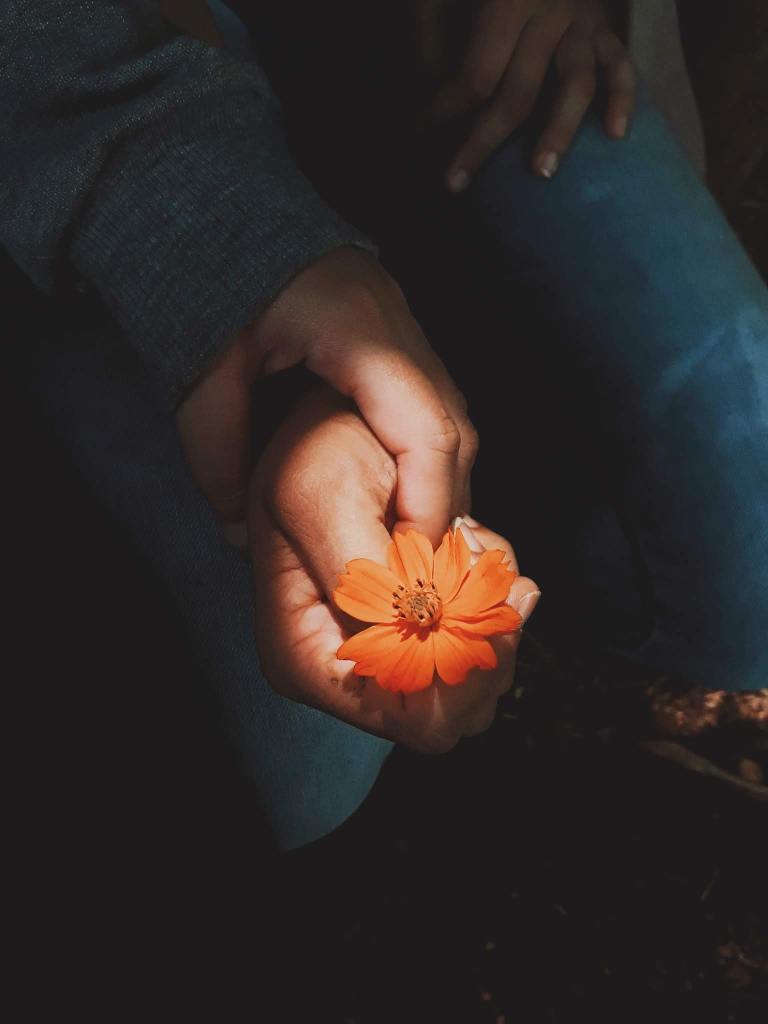
Communicating Through the Grip
Hand-holding is not just about two hands coming together; it’s a conversation without words, where feelings and emotions are conveyed through the subtle nuances of how those hands are intertwined. Each grip tells a tale, revealing the dynamics of the relationship and the emotions at play at that moment. Here, we unravel the secret language behind some of the most common hand-holding styles.
The Entwined Fingers
Often seen among couples deeply in love or in the honeymoon phase, entwined fingers symbolize a strong bond and emotional intimacy. This grip indicates a deep connection, where both individuals are intertwined not just physically, but also emotionally and spiritually. It’s a gesture that says, “We’re in this together, deeply connected and in sync with each other.”
The Protective Grip
In this style, one person’s hand wraps over the other’s in a protective manner. It’s a grip that signifies care, protection, and a sense of security. The person whose hand is on top often plays the role of the protector or the more dominant one in the relationship, assuring their partner that they’ve got their back, come what may.
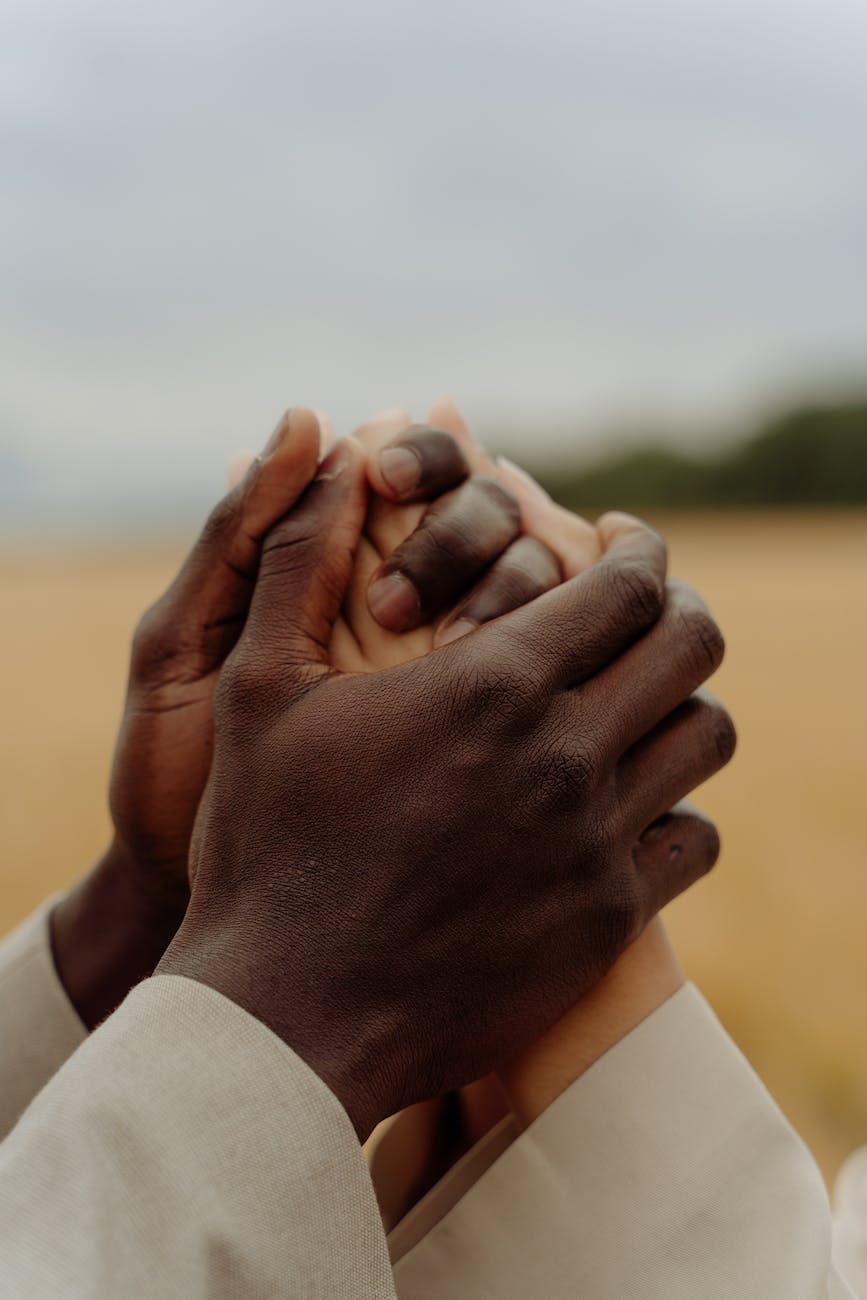
The Relaxed Grip
A loose grip where the fingers are just lightly clasped signifies ease, comfort, and mutual understanding. Couples who have been together for a while and are comfortable in each other’s presence often adopt this grip. It’s a subtle way of saying, “I’m here with you, and we share a relaxed, unforced connection.”
The Palm-to-Palm
When both palms press firmly against each other, it’s a sign of genuine affection and mutual respect. This grip showcases a balance in the relationship, where both individuals see each other as equals. It’s a bond that communicates, “We stand side by side, as partners and equals.”
In the dance of romance and human connection, our hands play a starring role, narrating tales of love, trust, care, and companionship. Each grip, each gentle squeeze, speaks volumes, revealing the depth and nuances of our relationships. So, the next time you hold hands with someone, pay attention to the grip—it might just tell you a beautiful story.
Cultural Perspectives on Hand Holding
Hand-holding, as simple as it might seem, is a gesture that varies in meaning across the world’s vast tapestry of cultures. While universally recognized as a form of human connection, its interpretation differs significantly from one society to another. By understanding these cultural nuances, we not only enrich our global perspective but also show respect when navigating interpersonal interactions across borders.

Hand-Holding as a Romantic Gesture
In many Western cultures, like the United States and most of Europe, hand-holding is primarily seen as a romantic gesture. Couples hold hands as a display of affection and commitment. It’s a subtle way of saying, “We’re together,” especially in public spaces.
Hand-Holding as a Friendly Gesture
In contrast, places like India, some parts of Africa, and the Middle East often see same-gender friends holding hands as a sign of platonic friendship and brotherhood. It’s not unusual for close friends to walk hand in hand, symbolizing camaraderie and deep bonding.
Societies Where Public Hand-Holding is Discouraged
While hand-holding is a common sight in many countries, some societies, especially more conservative ones, may frown upon or even prohibit this public display of affection, especially between non-married couples. In some cultures, public displays of affection can be seen as disrespectful or inappropriate.
Understanding and Respecting Cultural Nuances
As the world becomes more interconnected, it’s essential to understand and respect the varied interpretations of gestures like hand-holding. What might be seen as a simple, affectionate gesture in one culture could have a different significance in another. By being aware of these cultural variations, we build bridges of understanding and show respect wherever we go.
The beauty of hand-holding lies in its universal appeal and the varied interpretations it holds across cultures. As we traverse the globe, be it physically or through the pages of books and articles, recognizing and valuing these diverse perspectives enriches our understanding of humanity’s interconnectedness.
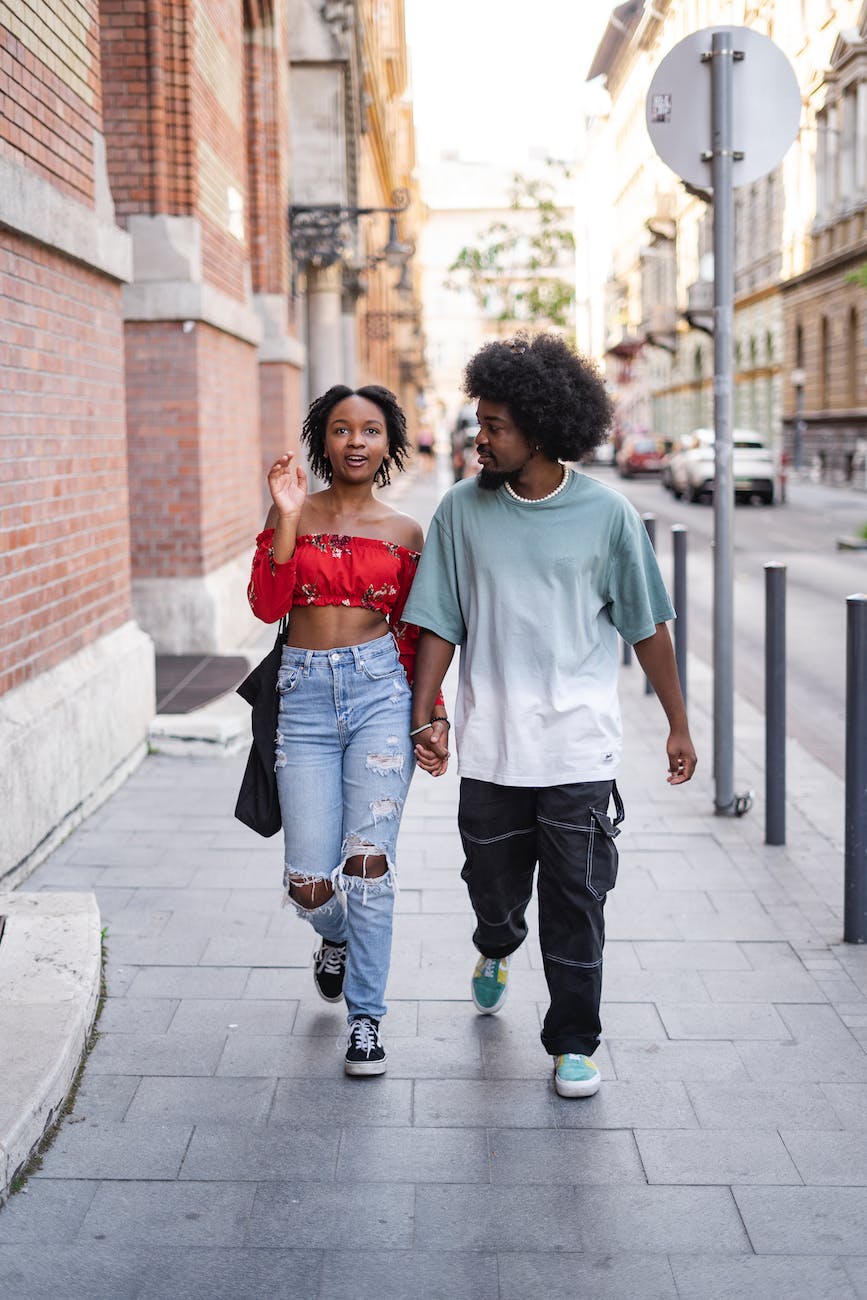
Public Display of Affection: The Controversy
The art of expressing love in public has always sparked mixed reactions. A simple gesture like hand-holding can be perceived in various ways, depending on the onlooker’s personal beliefs, experiences, and cultural background. Let’s delve into the fascinating debate around Public Displays of Affection (PDA) and where hand-holding fits into this equation.
- The Great PDA Debate: From cafes to parks and even cinema halls, you might have come across couples holding hands or indulging in other forms of PDA. But is there a ‘right’ amount of PDA? While some see it as a heartwarming testament to love, others may find it too intimate for the public eye. This dichotomy of opinions makes the simple act of hand-holding a hot topic of discussion in many circles.
- Societal Perspectives on Overt Displays of Affection: Every society has its own unwritten code about what’s deemed appropriate. In some cultures, hand-holding is an innocent, endearing act, while in others, it’s reserved for private moments. This spectrum of acceptance often depends on historical, religious, and societal norms that have been nurtured over centuries. It’s not just about hand-holding; it extends to hugs, pecks, and other gestures that couples often share. For instance, a kiss goodbye at a train station may be a common sight in Paris but may raise eyebrows in more conservative regions.
- Balancing Personal Comfort with Societal Norms: The essence of hand-holding lies in the comfort it offers to the people involved. It’s a bridge of warmth, understanding, and love. However, it’s also essential to be mindful of societal cues. If you’re in a place where PDA is frowned upon, showing respect for local customs is vital. But where does one draw the line? It’s a delicate balance between expressing genuine emotions and adapting to societal norms. The key is to stay true to oneself while also being empathetic to the surroundings and the comfort level of others.
As society continues to evolve, so will its views on PDA. But amidst this ever-changing landscape, the beauty and simplicity of hand-holding remain timeless. Whether it’s two lovers on a moonlit walk or elderly partners supporting each other, this gesture will always speak a language of love, trust, and togetherness.
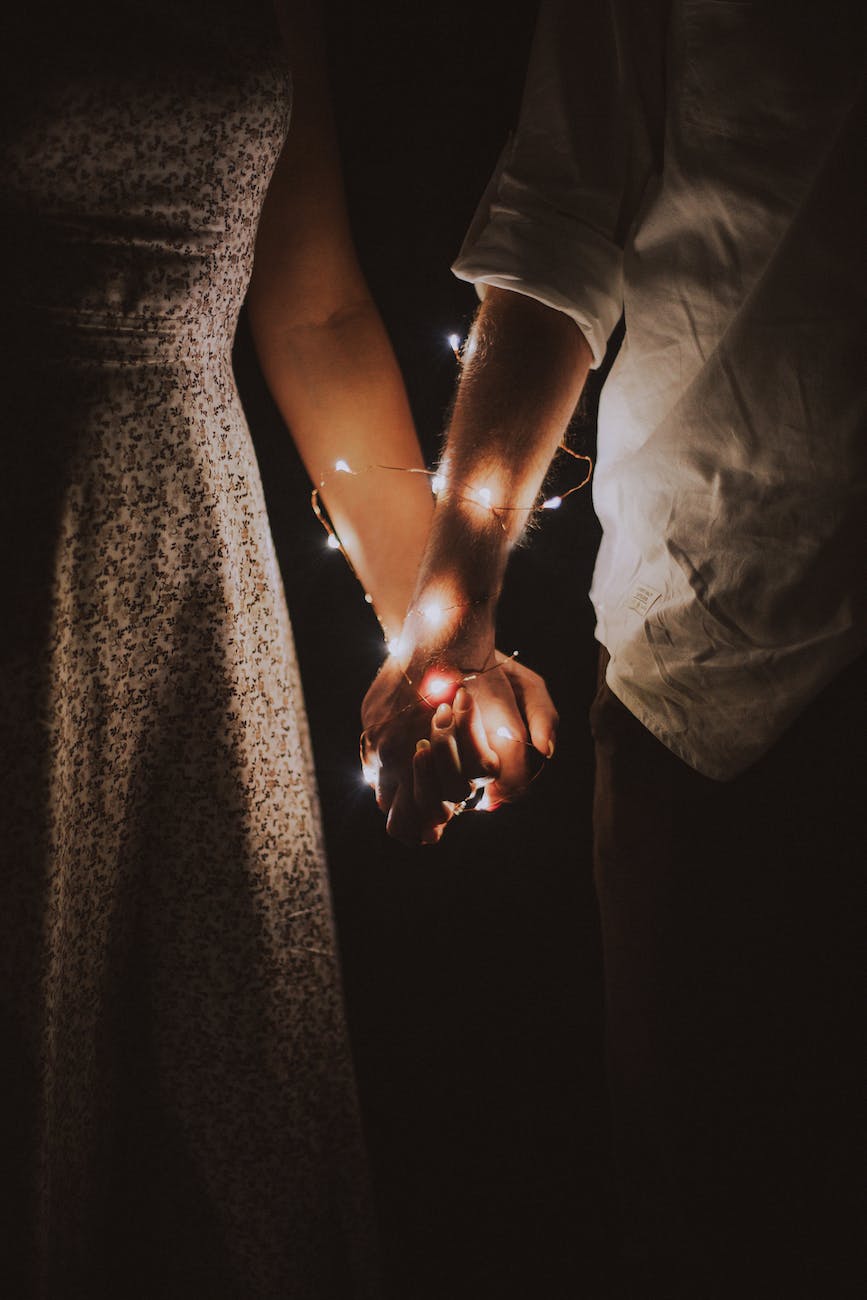
Benefits of Hand-Holding in Relationships
Hand-holding is not merely a gesture; it is a silent, yet powerful testament to the bond shared between two individuals. Rooted in our biology and psychology, the act of interlocking fingers and walking side by side has benefits that go beyond the surface level. Here’s a deeper dive into the myriad of advantages hand-holding brings to our relationships:
- Strengthening Bonds and Increasing Feelings of Closeness: As a tactile expression of affection, hand-holding has the power to cement connections between individuals. A study from the University of Colorado Boulder suggests that simple touch can synchronize brain waves between partners, leading to stronger bonds and increased empathy.
- Alleviating Pain and Promoting Healing: The human touch is a potent healer. According to research conducted by the University of California, Los Angeles (UCLA), holding hands with a partner can alleviate pain and reduce the levels of stress-related hormones in the body. This has been attributed to the power of human connection and touch to activate specific regions in the brain responsible for pain relief.
- Serving as a Non-Verbal Method of Communication: Words, at times, may fall short. In those silent moments, a gentle squeeze of the hand can convey messages of reassurance, love, and understanding. A report from Psychological Science points out that touch serves as a universal language and can communicate distinct emotions far more accurately than facial expressions.
- Enhancing Mood and Lowering Feelings of Loneliness: Loneliness can have profound impacts on mental health. The mere act of hand-holding can act as an antidote. A study from the Oregon Health & Science University underscores how touch can modulate the brain’s response to external threats, creating feelings of safety and lowering feelings of isolation.
To sum it up, hand-holding is not just a simple act; it’s a bridge to emotional well-being, closeness, and mutual understanding. The benefits extend from the realms of emotional connection to tangible physiological effects. So, the next time you’re walking beside someone you care about, remember the incredible power your interlocked fingers carry and cherish each step you take together.
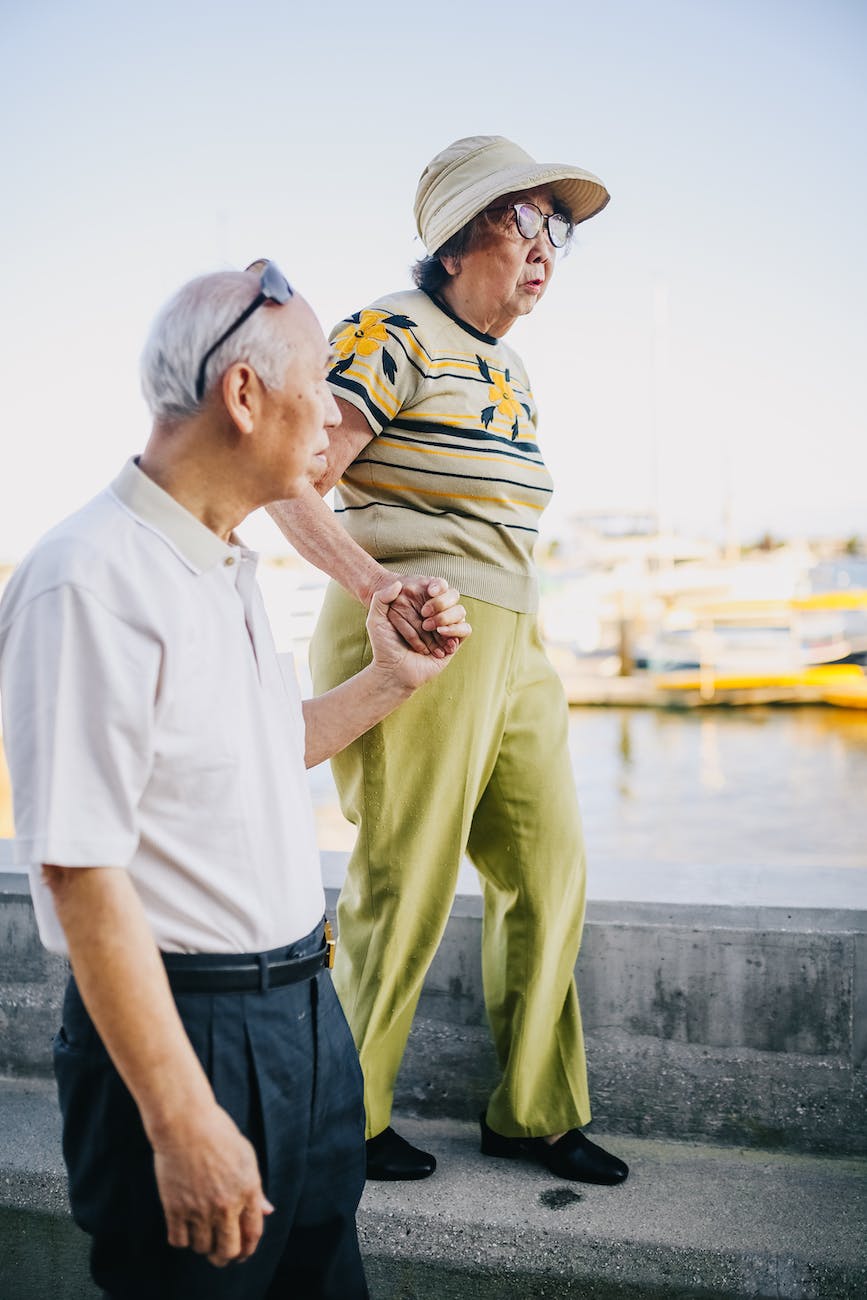
When Hand-Holding is More Than Just a Romantic Gesture
In the tapestry of human connection, hand-holding weaves a pattern that goes beyond the threads of romance. It’s a symbol, a gesture, and a silent proclamation that stretches across the gamut of human emotions and bonds. Let’s delve deeper into the multifaceted dimensions of hand-holding and understand its significance in various contexts:
- Exploring Scenarios of Holding Hands in Friendship, Familial Bonds, and Support: While the world often sees hand-holding as a hallmark of romantic relationships, its roots run deeper. Friends clasp hands as a sign of camaraderie and trust. A parent holding the hand of their child isn’t just guiding them across the street but also through life’s myriad challenges. In various cultures and contexts, hand-holding signifies unity, solidarity, and a shared journey.
- Hand-Holding in Times of Grief, Healing, or Reassurance: Some moments in life are so overwhelming that words fall short. In these times, the act of holding hands stands as a beacon of empathy and understanding. It’s the silent way of saying, “I’m here for you.” Whether it’s at a funeral, during illness, or just a challenging day, the gentle pressure of another’s hand can serve as a much-needed anchor.
- The Universal Nature of Hand-Holding as a Comfort Gesture: Across ages, cultures, and geographies, hand-holding has been a timeless gesture of comfort. It’s a universally understood language that needs no translation. It’s the age-old way of seeking and providing solace, irrespective of the nature of the relationship.
In essence, while hand-holding is indeed a beautiful expression of romantic love, its significance is vast and varied. It’s the touchstone of human connection, an emblem of our shared humanity, and a testament to the strength we derive from being there for one another. The beauty of this gesture is in its simplicity and the profound emotions it encapsulates. So, the next time you see two people holding hands, remember that the stories their hands tell could be as diverse as the universe itself.
Conclusion
The delicate dance of fingers intertwining, the warmth of a palm against another, the silent exchange of emotions through touch – hand-holding is a universal gesture that speaks a language older and more profound than any spoken dialect. Throughout history, across cultures, and spanning the breadth of human emotion, this seemingly simple act stands as a testament to our innate human need for touch and connection.
The journey of this article has taken us through time, around the globe, and deep into the psyche of what it means to be human. We’ve explored the origins and historical significance of hand-holding, delved into the intricate psychology behind it, understood its varied interpretations across cultures, and reflected upon its broader meanings beyond just romantic connections. Through each section, a central theme emerges: hand-holding, in all its forms, is a powerful communicator of our deepest feelings, intentions, and relationships.
Isn’t it truly fascinating how something so simple can encapsulate so much? From an affirmation of love, to a symbol of solidarity, to a comforting gesture in times of distress, the act of holding hands transcends words. It’s a raw, genuine, and intimate expression of the human heart, and it reminds us of the beauty and depth of human connections.

Moment of Reflection
As we conclude this exploration into the silent language of touch, we invite you to take a moment of reflection. Think about your own experiences with hand-holding. How has it impacted your relationships? How does it make you feel? We’d love to hear your stories and personal insights. Whether it’s a memory that warms your heart, a moment that changed your perspective, or just a daily ritual with a loved one – share your hand-holding tale with us and let’s celebrate the beauty of human connection.
In the vast realm of human expression, the power of touch, especially that of holding hands, reigns supreme. So, the next time you reach out to hold someone’s hand, remember the legacy, the emotions, and the silent stories it carries. Embrace it, cherish it, and let the silent language of touch weave its magic.
Do not forget to check out all of our exciting free tools! Calculators, quizzes and downloadable checklists all for free.
